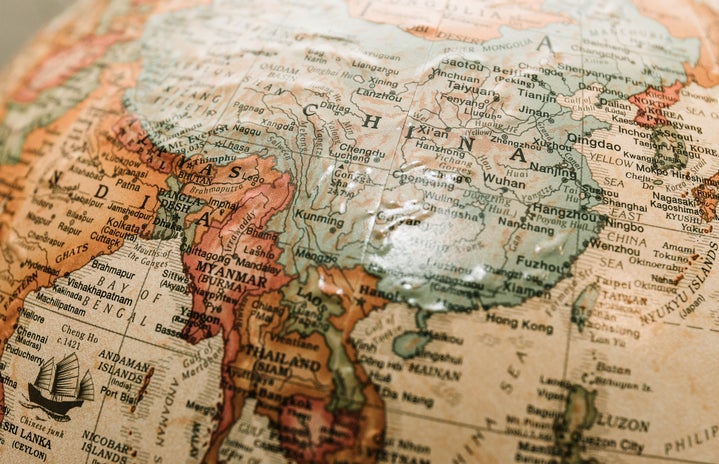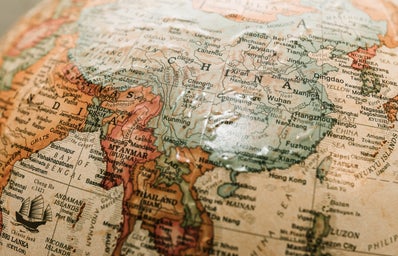After giving an insight to the history of Colorism in Ancient India, I want to shift my focus on where the color-based discrimination in India roots from. Based on my pervious article, discrimination on the basis of color was rarely seen in Ancient India. There was a record of occupational discrimination, but a lot changed when India became a British colony for over 200 years. Colonial rule left Indians with the ideology of “white is powerful.” This idea has survived to this day.
India has been invaded and ruled by various parts of the world –Turks, Afghans, and Mughals, the Portuguese, and the British. Muslims first invaded India in 1175 A.D, forming the Delhi Sultanate, which lasted for 300 years and five different dynasties. Then came the Mughals, who ruled for 214 years. There is no evidence in historical texts that Muslims discriminated against Indians the basis of their color, but discrimination in this era against Indians was on the basis of religion. However, keep in mind that the Muslim rulers came from the Arabic and Persian Belt, and were fairer in color than most Indians, and held a higher status during their rule.
After the Muslim rule came the colonial rule of the British, who began preaching the idea of being a “superior” and “intelligent” race whose duty was to rule over the “inferior” and “black-colored” race (Indians). The British were not in India to loot and go away, instead they came to stay. The English neither made India their home nor wanted to unite India, unlike the Muslim invaders. They were cruel, arrogant, and narcissistic. During their rule, they restricted Indians on entry to clubs, restaurants, and institutions, putting up signs such as “Indians and dogs not allowed.” Some clubs allowed entry to lighter-skin Indians.
When it came to jobs, promotions, etc., the British gave preference to the fair-skinned individuals. Even though Indians were not treated equally (example, given menial jobs regardless of skin tone), lighter-skin people were preferred over “black,” and therefore, made allies with the English. Another such instance of segregation under British rule was when the East India Company –operated in the 16th century– named their Fort St. George settlement “White Town” and their Indian settlement as “Black Town.”
As a British colony, discrimination on the basis of color prevaled in India. And this discrimination didn’t end after independence. Because the English forced superiority and favored light-skinned individuals, fairer skin became desirable, pretty, and most of all a sign of superiority or high socio-economic status. Whereas darker color was related to low socioeconomic status and adverse moral and behavioural qualities. These distinctions are so deeply rooted in our society now that discrimination on the basis of color is normalised, and many of us (including myself) didn’t even know colorism was a thing! With so many fairness creams being endorsed by Bollywood celebrities, our society is still trapped in the net laid by our colonisers. I will discuss how this prejudice has managed to live so many years after independence in a country full of brown/black skin people in my next article in this series –stay turned!
Do share your thoughts with me in the comments, and subscribe to my newsletter to never miss any update. Or, you can follow me on Instagram!



